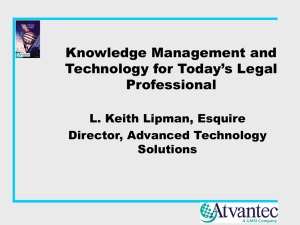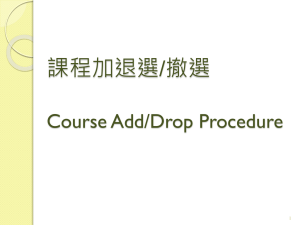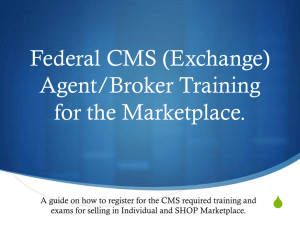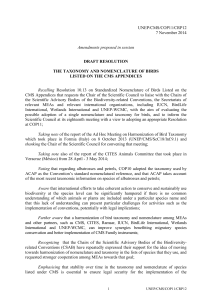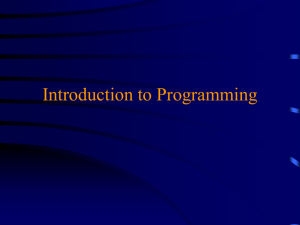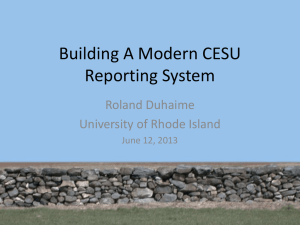Blink Research Portal Project
advertisement
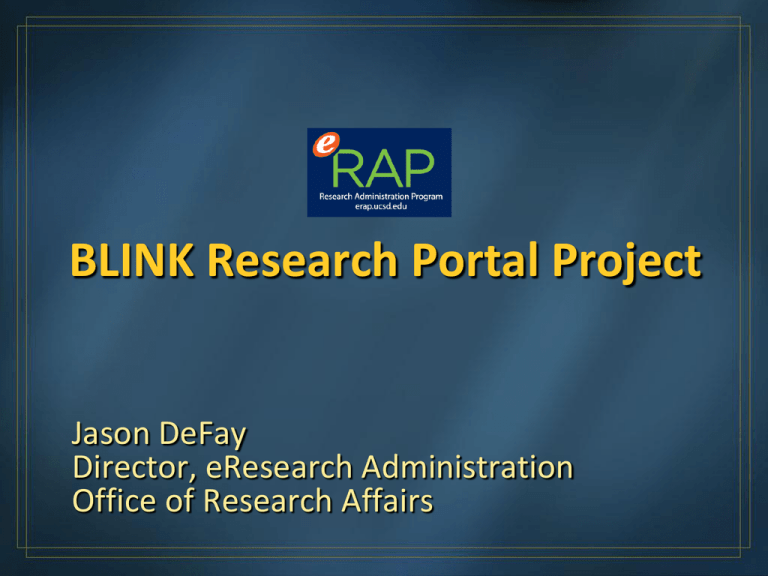
BLINK Research Portal Project Jason DeFay Director, eResearch Administration Office of Research Affairs Project Objective Move existing web content from multiple department web servers & move to CMS Benefits Self-serve page maintenance by content owners reduces stale content Reduces site maintenance due to changing style guidelines Easier to maintain content - IT staff don’t create bottlenecks Greater accountability for content ownership via metadata (last update date & ‘Author’) Convenient staging environment! Built in multisite redundancy for continuity planning Requirements Create a non-Blink public facing page for external visitors Create an internal facing Research Portal with “life-cycle” focused content Create Blink Sponsor pages for individual departments/programs Assign individual ownership to pages and/or taxonomy parent areas to run reports on content aging and/or direct content inquiries Challenges Process pages (research life cycle) maintained on multiple department web sites and servers (OCGA, ORA, TTO, Health Sciences, CMS, etc.) Unclear and/or overlapping ownership of individual pages / content areas Content gaps / incomplete content Overly detailed content Old content Redundant content Needed to address and move beyond legacy conflicts between ACT and VC over ownership/control of web content Context Leadership support from main VC office, 1 key department and ACT Small project team (1 CWO, 2 SME & 1 w/ copy editing and technical writer experience assigned full responsibility for page creation) SMEs had power/authority to make decisions for a significant portion of key content and create taxonomy for future content 2 research 'Process Frameworks' established previously helped accelerate project. 1 based on CWO card sorting process 1 based on VC level needs Factors Affecting Project Success Biweekly team meetings Developed 2 phase strategy approach to first aggregate content into Blink Sponsor sites, then move that content to research portal Periodic consultation with key stakeholders to make sure project team was heading the right direction - allowed for several minor course corrections instead of major changes or 'no go' at the end Used “Free Mind” Mind Map tool to develop and fine tune research taxonomy. Revised frequently and made available to all team members to use as project road map Dedicated resource with available bandwidth, experience, skills and access to create content was essential for project success VC SME introduced Content Editor to potential "content owners" and he served as their 'personal content facilitator'. During this process we assigned area/topical/page ownership to that individual via CMS Factors Affecting Project Success Project took approximately 1 year to complete Not all departments able to migrate content to CMS and/or Research Portal. Reasons include: No ability to filter by IP address or force user authentication No ability to host dynamic content Lack of bandwidth / bad timing Now that framework/taxonomy has been established, SMEs have assigned portal improvements/updates/maintenance responsibility to individual unit (eRAP) Original SMEs and CWO remain engaged to help ensure new content evolves appropriately & help facilitate/resolve issues Factors Affecting Project Success As of today, most VC Research sites are in CMS/Blink including: Office of Research Affairs Office of Contract & Grant Administration Conflict of Interest Postdoctoral and Visiting Scholars Export Control Electronic Research Administration Program Research Affairs information Technology Support Unit IACUC Office (in progress) Questions

